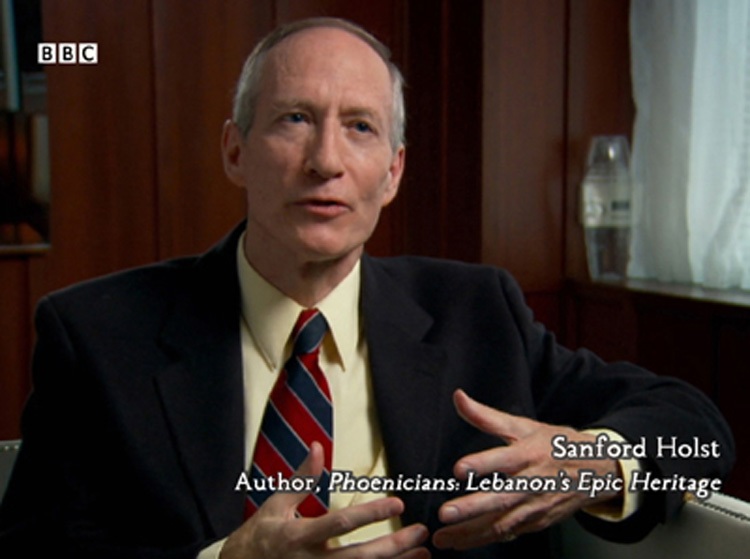
The most essential thing to know about Phoenician religion is also one of the most surprising: the people who practiced it were exceptionally tolerant. Today, Lebanon is often racked by disputes between different religions. But thousands of years ago it was a peaceful land.
In their early days the Phoenicians lived in only one city, Byblos, and worshipped Mother Earth. In this they were just like the other societies around them. They addressed her as Baalat Gebal, which meant “Our Lady of Byblos.”
Since they were sea traders, the Phoenicians were very much aware of the world that surrounded them. They saw that one of the most frequent reasons why people went to war was over differences in religion. So they purposefully never wrote the name of their goddess inside her temple, nor made any graven image of her. When visitors came to Byblos, they were invited into her temple to pray to the god or goddess of their choice. For example, a small votive statue of the goddess Hathor was left behind by an Egyptian who prayed there. So visitors to Byblos had the impression that they and the Phoenicians must be praying to the same gods.
Gradually the people of Byblos added a male consort for their goddess and called him Adonis, which meant “lord.” It was a suitable title for one who accompanied a lady, and he is shown in the image above. A second temple was built for him, with the same rules: his name was not written and no image was made of him. Eventually, as societies who worshiped male gods moved into the lands around the Phoenicians, Adonis was given co-equal status with Our Lady and was called Baal — the equivalent of Our Lord. And their male-god temple became more prominently displayed.

But the temple to their goddess was always there. And this remained true when the Phoenicians spread to Tyre, Sidon and their other cities.
Phoenician Religion Explored
As you read different articles about the Phoenicians you will notice people often attribute to them all the gods of their neighbors. This is a direct result of the Phoenicians allowing people to come into their temples and worship those gods. But to conclude that the Phoenicians worshiped the gods of Egypt, Canaan, Mesopotamia and Greece due to finding votive statues from those places in their temples would be ill-advised.
It is certain that the Phoenicians worshipped the gods they knew as Our Lady and Our Lord. And no doubt many individuals in different Phoenician cities chose to add a few other personal favorites, in much the same way that Christians add personal saints to venerate. But that is as much as we know for sure.
It would be best to use caution before taking the gods of Memphis, Ugarit or Babylon — which were not Phoenician cities — and projecting them onto the Phoenicians.
An intriguing footnote: The Phoenician preference for worshiping Our Lady and Our Lord probably made it easier for them to convert to Christianity. By 450 AD almost the entire country of Lebanon was Christian.
And even today, the most popular name for Christian churches in Lebanon is Notre Dame — the French words for “Our Lady.”
The content of this website is drawn from the research of historian Sanford Holst

Updated October 3, 2023
CLOUD: Phoenician religion and gods, temples, Our Lady, Baalat Gebal, Adonis

Further information
If you would like to experience more of the Phoenician world than you find in these short articles, see the book Phoenicians: Lebanon’s Epic Heritage. This extensive exploration is brightened with 104 illustrations.
Going beyond the few traditionally-cited facts, this authoritative work draws from discussions with leading archaeologists and historians to discover new clues and lines of inquiry into this secretive society.
Phoenicians
You can take a look inside this book. See the first pages here.
